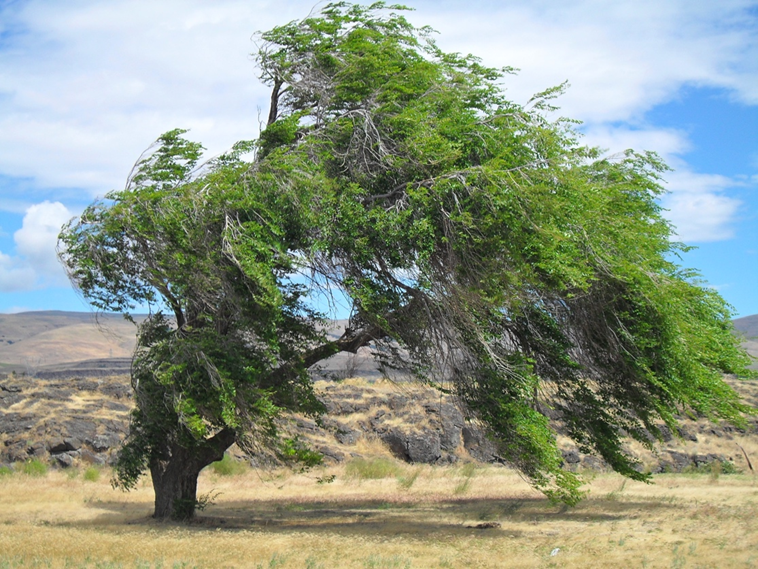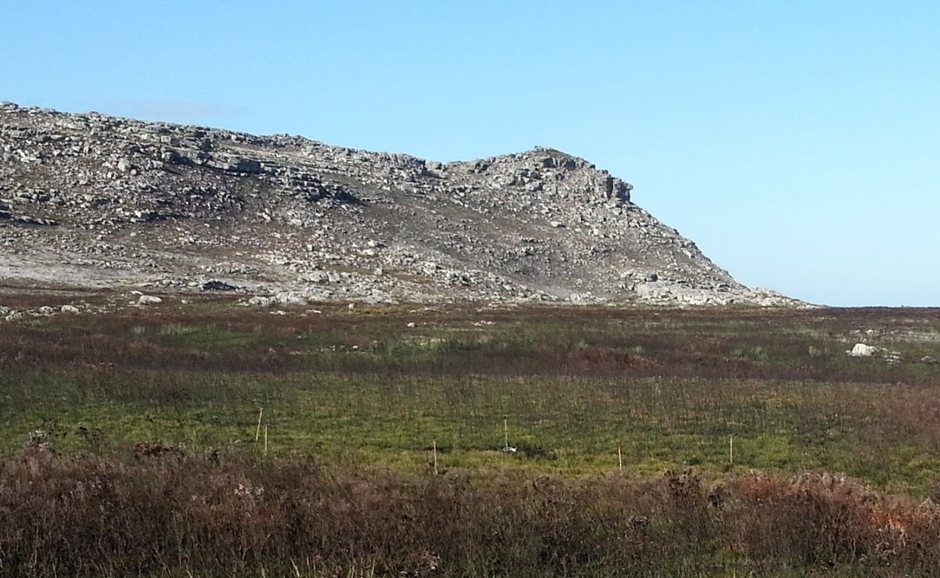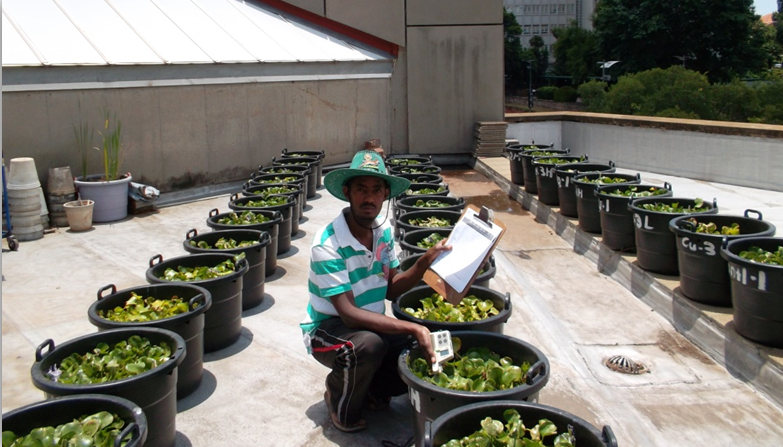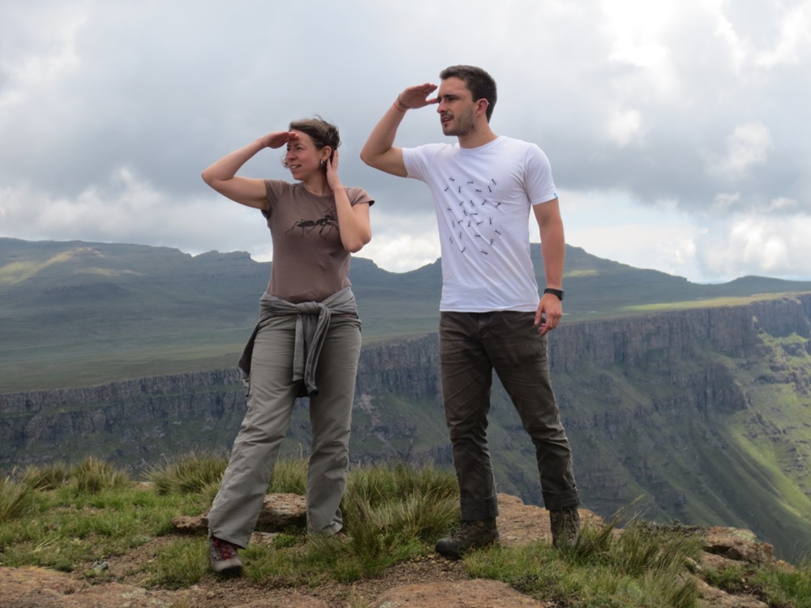Experiments on early life-history traits can shed light on invasion success of alien trees
A recent study by C·I·B Post-doctoral fellow, Heidi Hirsch, and colleagues found evidence that experiments on life-history traits, such as seed germination and seedling growth, can help explain why some invasive tree species are so successful.





